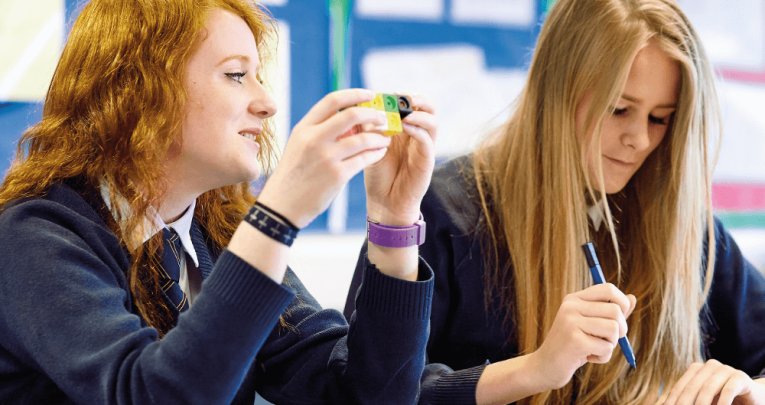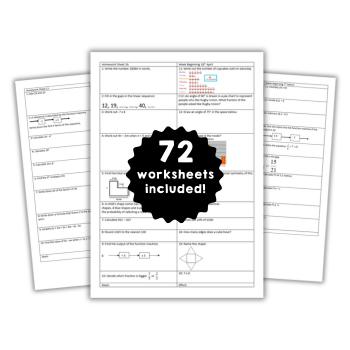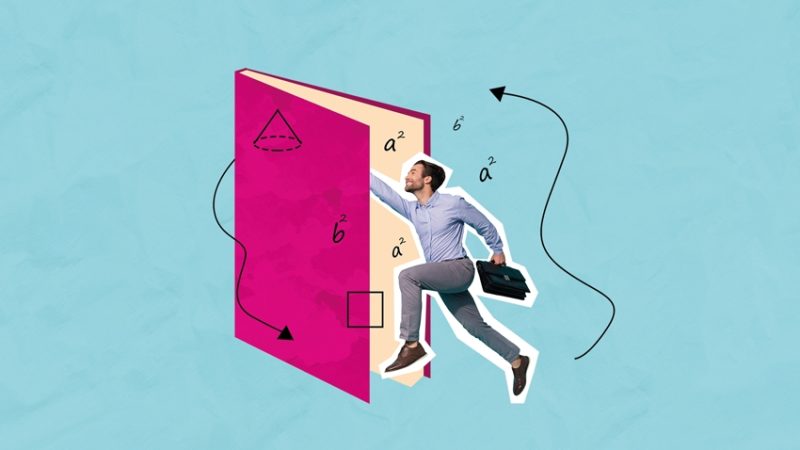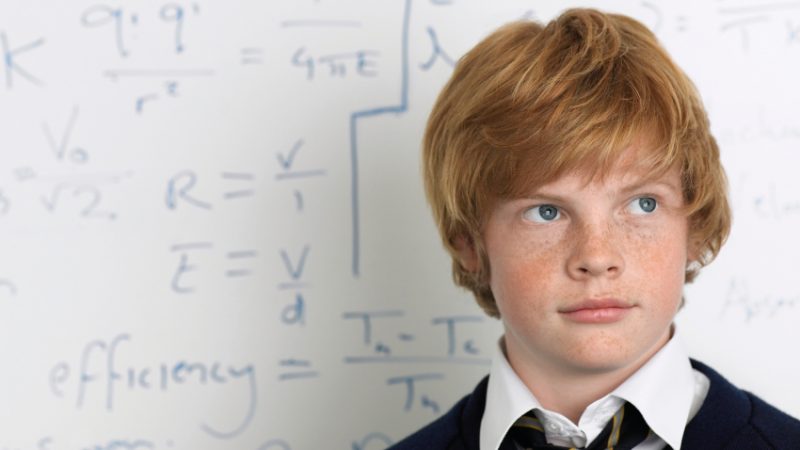Dyscalculia could be as prevalent as dyslexia in schoolchildren

Dyscalculia is still poorly understood and supported within the education system, argues Karen Mace…

- by Karen Mace

Dyscal-culia or dys-calculia? The pronunciation of dyscalculia isn’t the only thing about the disorder that people can’t agree on; indeed, an agreed definition among academics is still to be made.
And training for teachers is almost non-existent – we at the British Dyslexia Association have just launched our first formal course focused solely on dyscalculia.
Recent research from Queen’s University in Belfast indicates our lacklustre understanding of dyscalculia and how support for the condition might be a much bigger issue than originally thought.
Led by Dr Kinga Morsanyi, it suggests that the prevalence of dyscalculia could be the same as its better studied cousin dyslexia, with one-in-ten people suffering from the condition.
The study goes on to point out that unlike dyslexia, there is not currently an agreed diagnostic protocol to correctly identify the condition, and that children with persistent and serious difficulties with mathematics are not receiving specialist support.
As Dr Morsanyi observes: “In society, there is sadly a widespread notion that you need a special talent to be good at maths, and that struggling with it is normal for some people. But this was not the case, and it’s not something we would accept if a pupil was unable to read.”
So what is dyscalculia, and what can be done to improve assessment and support with maths learning difficulties to ensure these young people get an accurate diagnosis and the support they need?
A working definition
Dyscalculia is part of a group of three learning difficulties which fall under the Specific Learning Difficulties heading, the other two being dyslexia and dyspraxia.
The word dyscalculia comes from the Greek word ‘dys’ meaning ‘badly’ and the Latin word ‘calculia’ meaning ‘to count’. Therefore, the word dyscalculia literally means to ‘count badly’.
Dyscalculia, like dyslexia, is thought to be genetic as it is often found to run in families. The exact cause is yet to be discovered, but it is generally believed that it is neurologically based and to be some sort of brain difference.
Agreeing on a definition has been widely debated, however the British Dyslexia Association has recently agreed its own definition:
Development dyscalculia is a specific and persistent difficulty in understanding arithmetic and basic number sense. It may also affect retrieval of number facts and key procedures, fluent calculation and interpreting numerical information. It is diverse in character and occurs across all ages and abilities. Dyscalculia is an unexpected difficulty in maths that cannot be explained by external factors.
What does it look like?
Maths difficulties are often thought of as a continuum, not a distinct category, with dyscalculia at the extreme end of this continuum.
It should be expected that developmental dyscalculia will be distinguishable from general maths difficulties due to the severity of difficulties with symbolic and non-symbolic magnitude, number sense and subitising.
Developmental dyscalculia can often co-occur with other specific learning difficulties, such as dyslexia, dyspraxia and attention deficit hyperactivity disorder.
Along with the British Dyslexia Association definition, and the other definitions that are currently available (DFES 2001 and DSM IV 2013), there is common agreement that dyscalculia mainly affects number skills as opposed to other areas of maths.
A learner with dyscalculia may be able to calculate the correct answer when solving calculations but they may not know how they got there, for example.
In addition, you may notice the student has difficulties with estimation, short and long-term memory, telling the time, assessing numerical quantities, difficulties using money due to lack of understanding of place value, performing calculations, sequencing and pattern recognition can be difficult as well as direction and confusion of left and right.
Difficulties with retrieving number facts and procedures implies there may also be an associated processing difficulty, which is similar to dyslexia.
It is important to reiterate here that specific learning difficulties tend to be co-occurring and that a high proportion of learners have more than one condition.
According to research 40 percent of individuals with dyslexia have difficulties with mathematics.
Better identification
When making a diagnosis, testing would need to reflect aspects of the definition; the ability to subitise (the ability to instantaneously recognise the number of objects in a small group) would be a key diagnosing factor.
A learner with dyscalculia would likely have to count the dots in the group to ensure they were correct. They are also likely to count inaccurately, including some dots twice.
As with dyslexia, it would be good practice that a diagnosis is only made once the learner has received significant intervention to see if difficulties can be remediated.
An assessment for dyscalculia would use a variety of qualitative and quantitative assessments that explore the difficulties as well as considering background information, family history and the support received so far.
The assessments would be compared with attainment in other areas of the curriculum such as literacy, as well as the underlying ability of the individual.
A possibly diagnostic protocol (yet to be agreed by the SpLD Assessment and Standards Committee – SASC) is likely to look something like this:
A full and detailed background history including any maths difficulties, support received so far, attitude towards maths and any maths anxiety would be taken to understand the context. This would be followed by a questionnaire regarding any visual difficulties, an initial screening test, and an assessment of underlying ability (verbal and non-verbal skills), speed of processing, short term and working memory, standardised tests of maths ability and attainment in literacy as a comparison to maths ability.
Training and progress
In a practical sense, then, how can teachers help learners who may show signs of dyscalculia?
It is fair to say that there are many reasons why learners may struggle with maths and dyscalculia is only one specific reason.
Happily, though, the new mastery approach is very dyscalculia-friendly, in that using the Concrete-Pictorial-Abstract method can be helpful for learners with learning difficulties in maths.
It is also important to ensure teachers of maths understood how maths is learnt generally.
More specialist understanding is certainly required; which is why, in response to requests from professionals who would like to learn more about dyscalculia and obtain a formal qualification, the British Dyslexia Association has developed a Level 5 Certificate that enables education professionals to become specialist teachers in supporting dyscalculia and maths learning difficulties.










